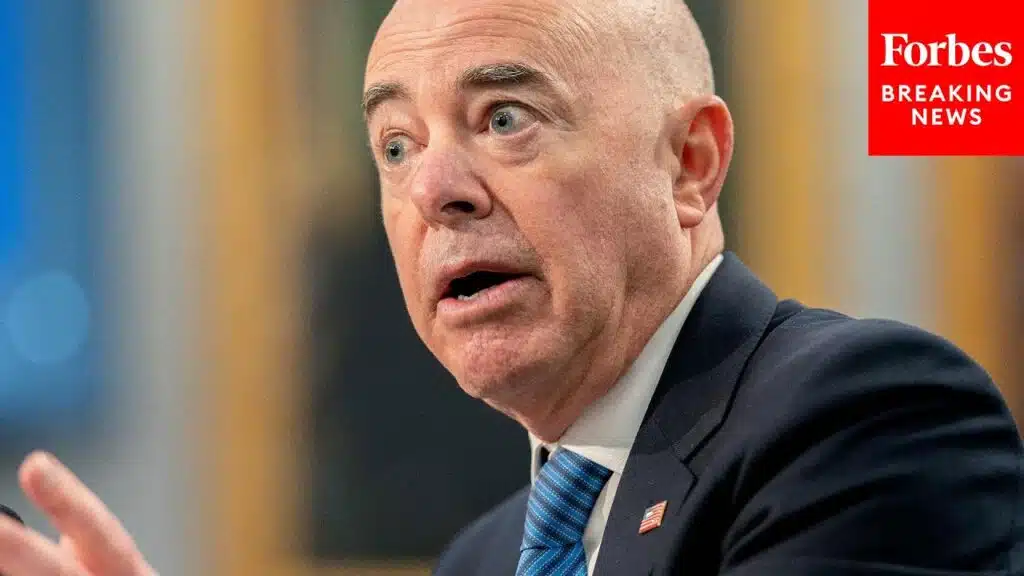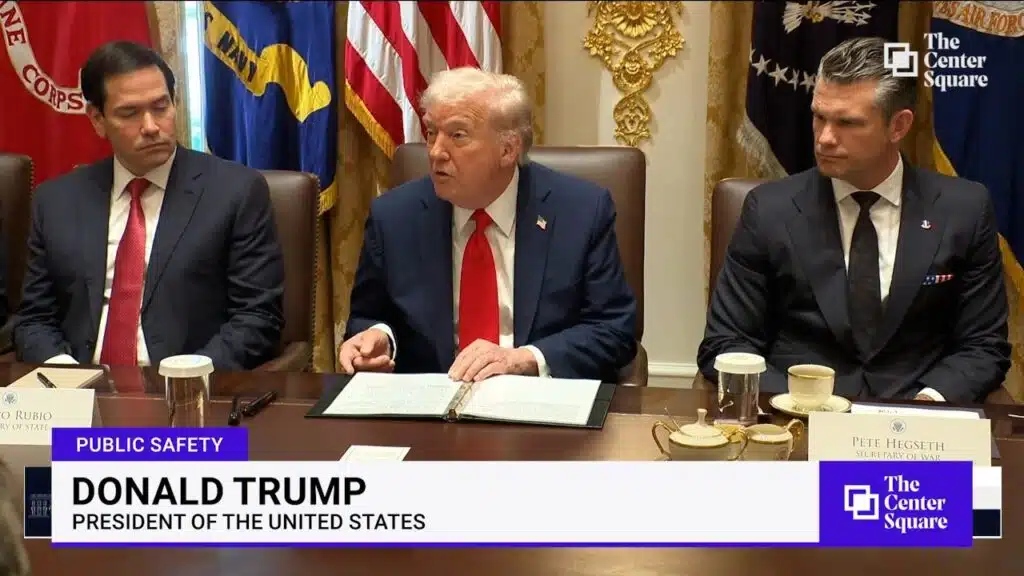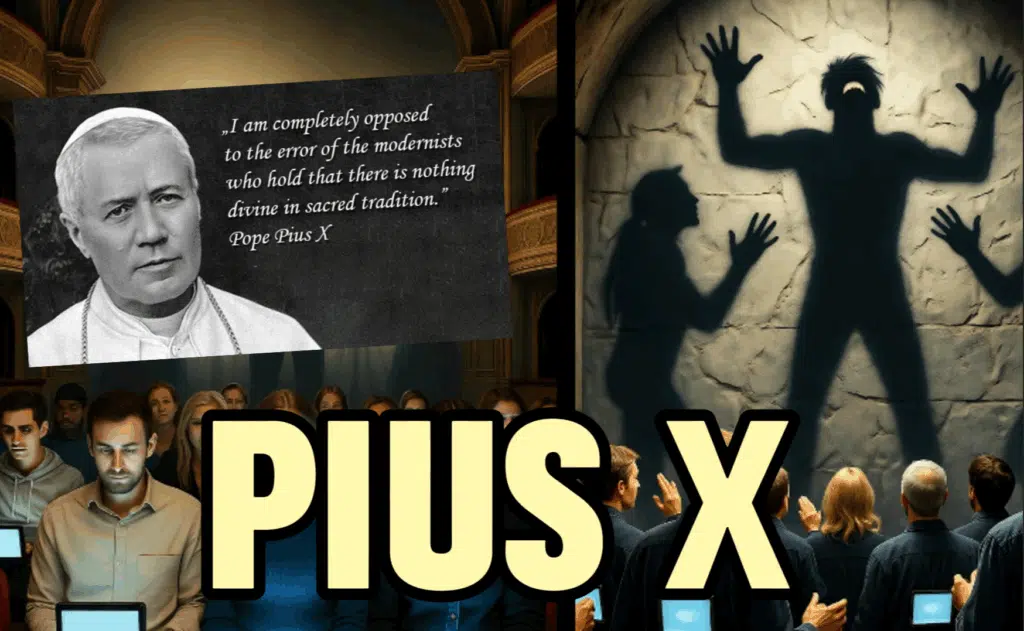
Now Defending the Homeland: Wokespeak Grants to Arts Groups
Founded in 2020 in the aftermath of the George Floyd protests, the Black Legacy Project describes itself as “a musical celebration of black history to advance racial solidarity, equity and belonging.” It brings together artists of all backgrounds “to record present day interpretations of songs central to the Black American experience and compose originals relevant to the pressing calls for change of our time.”
A similar arts group, Nu Art Education Inc., an offshoot of the NorCal School for the Arts, says it is “following the theory of change that utilizing theater arts” can be “a tool to teach and practice conflict resolution in the classroom.”
While both outfits share a mission of using the arts to inspire social change, they have something else in common: counterterrorism. Or rather, both have received taxpayer grants through the Department of Homeland Security’s “Targeted Violence and Terrorism Prevention” (TVTP) program. Together, the two groups have received more than $1.4 million since the Biden administration doubled the program’s annual budget, to some $20 million per year.
Grants to arts cooperatives and educational initiatives strike some as odd for a department charged with protecting the United States — including its southern border, now viewed by many as virtually open to illegal migrants. Against that backdrop, FBI Director Christopher Wray recently warned Congress of the heightened threat of terror in the U.S. at a time of wars raging on two continents with America involved on the sidelines.
On Tuesday, Wray told the Senate Judiciary Committee the “threat matrix” is “blinking red lights everywhere.”
“The threat level has gone to a whole other level since Oct. 7,” he said.
Given such concerns, Andrew Arthur of the Center for Immigration Studies, a critic of Biden policies, said the DHS grants are misplaced. “It’s kind of hard to see how all that is going to help stop terrorism,” he told RealClearInvestigations.
DHS declined to discuss the TVTP program, or answer questions about how competitive the grant process is or who makes final decisions on where the money will go.
The program has its roots in the Obama administration under the concept of “countering violent extremism” and has drawn criticism ever since from both left and right – albeit for different reasons. During the Trump administration, the leftist Brennan Center for Justice faulted the “anti-Muslim and xenophobic rhetoric and policies” in such programs, which “also target refugees, asylum seekers, and Black Lives Matter activists.”
The Brennan Center said “the reality is that these programs, which are based on junk science, have proven to be ineffective, discriminatory and divisive.”
That was then. Now, having doubled the program’s budget, the Biden administration is using the money to advance parts of its agenda not directly related to terrorism. Increasingly the DHS grants, like much larger ones at other departments, are part of the administration’s “whole of government” effort to promote “diversity, equity and inclusion” and quash what it considers misinformation.
While proclaiming that that the grants are designed for “local communities across the country to develop targeted violence and terrorism prevention programming in their communities,” the Department of Homeland Security also stresses its focus on DEI.
“Ensuring equity is a key priority of the TVTP Grant Program and 41 percent of this year’s grant recipients are devoted to underserved populations, compared to 25 percent last year,” the DHS website says, noting grants have gone to historically black colleges and universities, seven “Minority Serving Institutions (MSI),” a Native American group and another serving the LGBTQIA+ community.
The program uses keywords to note favored characteristics of approved grants. Ones used often include “raising societal awareness,” “bystander training,” and what advocates call “media literacy.”
“Media literacy involves the critical evaluation of media messages, as well as their authors and audiences, and it includes the ability to differentiate between original, evidence-based reporting and commentary or propaganda,” said Seth Ashley, a communications professor at Boise State University, which has received nearly $400,000.
But such anodyne-sounding definitions come at a time when censorship by government in tandem with news outlets and social media has stirred controversy and court challenges. Experts have sprouted in the fields of “misinformation” or “disinformation,” and their power to control what is published and shared on various tech platforms has grown.
One of the recipients of DHS funding for media literacy is the University of Rhode Island, which received $700,000 in TVTP grants in 2022. The money has helped pay for “Courageous Rhode Island” initiatives that involve online seminars and work with K-12 schools.
In one of Courageous R.I.’s starter seminars, URI professors Renee Hobbs and Pam Steager discuss warning signs for media consumers. The flags include sources that “attract audience attention by finding and promoting unexplained phenomena or coincidence that seems at odds with official narratives.”
In another, the professors warn of “contrarian ‘experts’ [that] increase visibility and status by exploiting journalistic norms of balance and neutrality to present a controversy that counters widely-accepted beliefs.”
The COVID-19 pandemic is often used as a case study in media literacy. Ashley co-authored an op-ed in the Idaho Capital Sun in 2021 warning of COVID “disinformation.” But the co-authors offered no concrete examples of what would earn that classification, and many of the doubts health officials and Big Tech worked diligently to erase then – on masks, lockdowns, the origin of the virus – have been vindicated by subsequent reporting and revelations.
“Doing your own research is fine, but it’s no substitute for the meticulous work of experts who are doing their best to learn everything they can about Covid-19 and are updating us when their knowledge grows and as situations change,” Ashley wrote.
Asked by RealClearInvestigations about the sort of collaboration between government actors and Big Tech companies exposed in the “Twitter Files” and other revelations, Ashley replied, “I don’t think recent events have changed the need to be vigilant about where or how we get information, but I do think the digital age has made that more difficult than ever.”
Some conservative critics see in the nebulous language of media literacy a clear agenda against outlets that could counter the message of Washington Democrats. They see the government using taxpayer money to get around First Amendment protections by paying third party groups to censor views it doesn’t approve.
“They are very careful in the words they use, and you rarely see them offer concrete examples of ‘misinformation,’” said Dan Schneider, vice president of the conservative Media Research Center. “But what the project is trying to do is get into the schools and divert people from conservative outlets and direct them to liberal outlets.”
Schneider has looked closely at the work being done in Rhode Island, as well as by other media watchdogs such as NewsGuard.
One of Courageous R.I.’s goals is combating “fear and hate that leads to violence,” but one participant in the group’s online workshops said that is a tenuous thesis. Nicole Solas, a Rhode Island parent who became a prominent critic of what she regarded as a leftward drift in public education there, took some Courageous R.I. courses online and clashed with Hobbs. Like critics at the Brennan Center, Solas said she saw no proof that “words in media cause people to commit violent acts,” and she said it was clear Courageous R.I. had conservative news in its crosshairs.
“They themselves are media – they write blogs,” Solas said. “They are promoting their own propaganda by saying someone or something else is propaganda so it’s not a real ‘conversation.’”
Hobbs disputed that characterization, insisting “listening” is a key component of the “Courageous Conversations” that Courageous R.I. seeks.
The “media literacy” advanced by TVTP grants also warns against outlets that do not perform “public interest journalism.” Ashley defines that as “journalism that aims to serve citizens by addressing issues of social importance and holding powerful actors accountable. It can be produced by anyone but usually comes from organizations with the resources and expertise necessary to gather and synthesize large amounts of information.”
Using preferred groups to set such parameters has been a hallmark of government grants like TVTP since the Obama administration, according to several people familiar with the process. The grants are not confined to DHS – the State Department, FEMA, the EPA, and other branches have similar programs – and critics agree the overall goal of such policies is to corral speech into preferred spaces and proscribe it from countering preferred narratives.
“They are using targeted funding to promote a buy-in to toeing the government line,” said Brian Cavanaugh, a former White House national security staffer in the Trump and Biden administrations who is now a senior vice president of American Global Strategies. “And here these have nothing to do with DHS’s core mission.”
Some of the grants appear to go to traditional organizations engaged in fighting terrorist threats. But most of the $70 million in grants issued since 2020 – $60 million of which flowed since Biden took office – reflect the administration’s approach to DEI initiatives more than any clear attempt to tackle potential threats, according to Mike Howell, director of the Oversight Program at the conservative Heritage Foundation. Howell said he has tracked federal “countering violent extremism” measures for almost a decade.
“This goes back to Obama where we saw the government shower these credentialed liberal outfits with a crap-ton of money,” he said. “Trump redirected it a bit, but not enough to kill it in its roots, so now it has cropped back up and gone full-woke under Biden.”
These include $878,000 to Michigan State University social workers who are running a project with the Drama Club on Rikers Island; nearly $1 million on esports (electronic sports or gaming); more than $500,000 to the Sexual Minority Youth Assistance League; and three grants to Columbia University Teachers’ College totaling more than $2.3 million, including classwork “to slow the manifestation of domestic radicalization and extremism that contributed to the Jan. 6 insurrection on the grounds of the U.S. Capitol.”
“The project will involve researching, developing and presenting stories,” one Teachers’ College grant says. “It also will include curating and co-creating educator stories of adapting to challenging situations, supporting the storytelling of educators who bring unifying narratives from their local communities, and leading the sharing of these stories.”
Teachers’ College officials did not respond to RCI’s request for comment.
In earlier iterations, much of the grant money would fund pet congressional projects, budget log-rolling that helped keep it popular on a bipartisan basis. But under Biden, Howell said, the grants have been folded into the “whole of society” philosophy that animates the administration’s efforts.
“These grants fund the left but it’s not harmless – they use these grants to predicate their own initiatives,” he said. “What they are doing is outsourcing research to groups they like, who reach the conclusions they want, and then the administration claims it is ‘acting on the belief of experts.’ This growth and maturation of outsourcing is one of the less noticed trends that got us into the mess we’re in now.”
This article was originally published by RealClearInvestigations and made available via RealClearWire.


